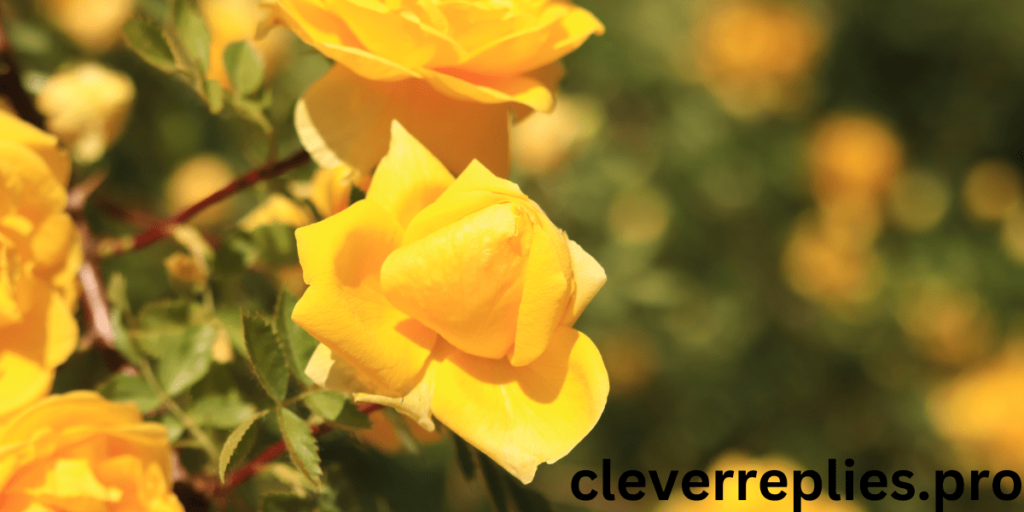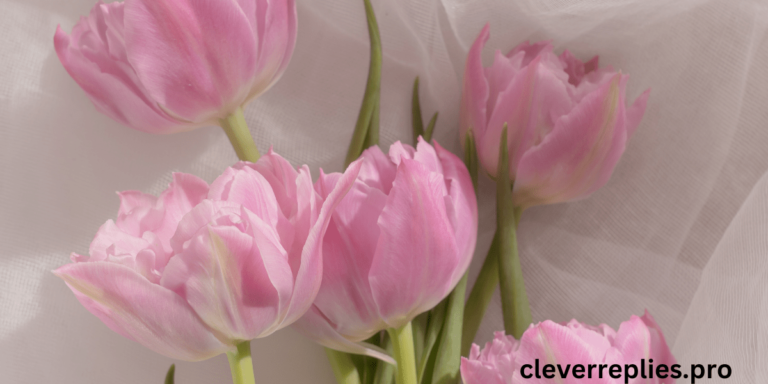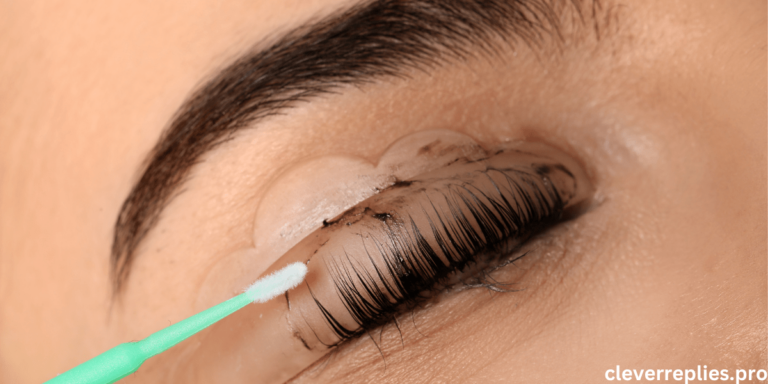How to Care for Yellow Roses in Your Garden
introduction
Yellow roses not only look nice in your garden, but they also represent friendship, happiness, and new starts. Their bright colours can make any place more cheerful and add warmth to the coolest days. Whether you’re a skilled gardener or new to it, yellow roses can help you make beautiful arrangements and enjoy their lovely scent.
Taking care of these bright yellow roses might look difficult at first, but with the right tips, you’ll have healthy flowers quickly. This guide offers planting tips and ways to handle pests so your garden can thrive with beautiful sunny flowers. Here are the key steps to take care of your yellow rose plants!

Planting Yellow Roses: Tips and Tricks
Planting yellow roses can be a fulfilling experience. Pick a sunny area in your yard, because these plants grow well in bright light. Try to get at least six hours of direct sunlight every day.
Before planting, get the earth ready by adding compost or old manure. This improves the soil and helps with drainage. Yellow roses grow best in soil that is slightly acidic to neutral. Testing your soil can help you create the right conditions for them.
When planting your rose bushes, dig holes that are twice as wide as the roots but only deep enough to cover them completely. Place them at least two feet apart to let air flow and help them grow.
After planting, water them well to help the roots adjust to their new spot. Adding mulch around your yellow roses helps keep the soil wet and prevents weeds, making them grow healthier!

Proper watering and Fertilizing for Yellow Roses
Yellow roses grow well when they get the right amount of water and nutrients. Keep the soil constantly wet, but not too wet. Water them well at least once a week, especially when it’s dry. Watering in the early morning is best because it helps stop diseases.
For fertilising, use a balanced rose fertiliser or one made for blooming plants. Use it in early spring when new growth starts and again after the first flowers appear.
Be careful not to use too much fertiliser. Having too many nutrients can cause lots of leaves to grow but fewer flowers. A light feeding every 4-6 weeks during the growth season is usually sufficient.
Putting mulch around your yellow roses will help keep the soil wet and prevent weeds from growing. Organic mulch, such as shredded wood or straw, improves the soil by adding nutrients as it decomposes. This helps plants grow better during their blooming period.
Techniques for Pruning and Deadheading
Pruning and deadheading are important for keeping yellow roses healthy. Begin by taking out any parts that are dead or damaged. This promotes new growth and enhances air flow.
To deadhead, trim off the faded flowers just above the first five leaves. This method focusses energy on creating more flowers instead of producing seeds. Check your plants every few weeks to keep them healthy.
To prune, do it in early spring before new buds start to grow. Trim your plants and cut any branches that cross and touch each other.
Always use clean, sharp tools to prevent infections and make accurate cuts. After trimming, put a thin layer of mulch around the base to keep moisture in and stop weeds from growing. Your yellow roses will grow well if you follow these care tips!
Dealing with common pests and Diseases
Yellow roses are beautiful for gardens, but they can still get pests and diseases. The most common threats are aphids, spider mites, and white mildew.
Aphids are tiny insects that suck the sap from your plants. To fight them, think about bringing in ladybirds or using insecticidal soap. They will help control the number without damaging your roses.
Spider mites do well in dry environments. Regularly misting your yellow roses can prevent these pesky critters. If you see signs of bugs, a strong spray of water can wash them off the leaves.
Powdery mildew looks like a white film on leaves. Make sure air can flow around your plants and don’t water them from above to keep humidity low. Fungicides might be needed for serious cases.
Watching for these problems will help your yellow roses stay bright and healthy during their growing season.
Creative ways to displays yellow roses in your garden
Yellow roses can brighten up any yard. Think about putting them together in groups for a bright and attractive look. Putting different shades of yellow together can make things more interesting to look at.
You can also use trellises or bridges as a creative idea. Grow your yellow roses to climb these structures so their flowers can hang down beautifully. This vertical planting method makes it more interesting and attractive.
Add yellow rose arrangements in pots and vases along your garden path for a nice artistic look. These fun details catch attention and add colourful touches at different levels.
Hanging baskets with flowing yellow roses provide a special way to show off flowers. They save room and help display the beauty at eye level easily.
Try mixing your yellow roses with plants like lavender or purple salvia. This will create a beautiful contrast and make the bright yellow roses stand out even more.
Conclusion:
Yellow roses are a lovely addition to any garden. Their bright colours and sweet-smelling flowers make them loved by farmers, bringing happiness and warmth. Taking care of these colourful flowers takes some knowledge and work, but the benefits are well worth it.
When growing yellow roses, pick a sunny area with good soil drainage. Prepare the soil by putting in compost or organic materials to make it more fertile. Make sure there is enough room between each plant so air can flow.
Watering is important for healthy yellow roses. They prefer to water deeply once a week instead of lightly watering every day. In hot months, you might need to water a bit more often but be careful not to get the leaves wet to reduce the chance of disease.
Fertilising your yellow roses will encourage healthy growth and lots of flowers. Use a balanced fertiliser every few weeks in spring and summer to give the plants the nutrients they need.
Pruning is important for keeping plants healthy. Regularly cut off dead or weak branches and shape your bush after it has finished growing. Removing wilted flowers helps new ones grow and keeps your beautiful yellow roses growing longer.
Keep an eye out for common pests like aphids and spider mites that can harm your roses. Finding them early makes it easier to treat them with choices like insecticidal soap or neem oil if needed.
To make your garden look great, try combining yellow roses with purple or red flowers. This mix will create a beautiful and eye-catching show all year round.
By following good care practices, from planting to pest control, you can have beautiful yellow rose plants that enhance your outdoor space throughout the year.







